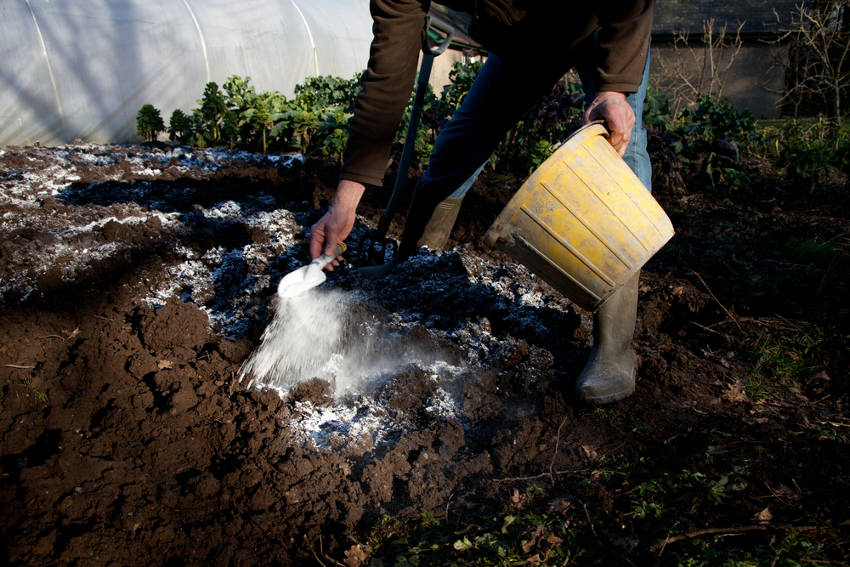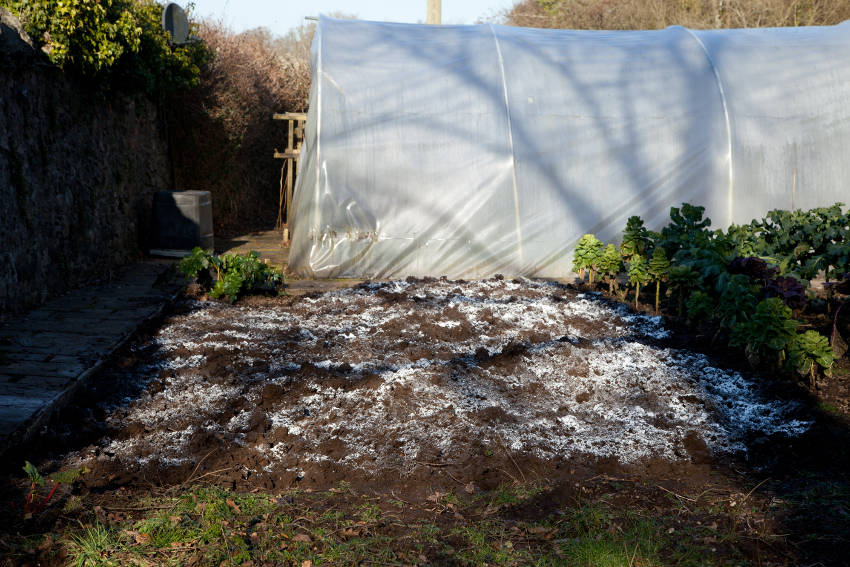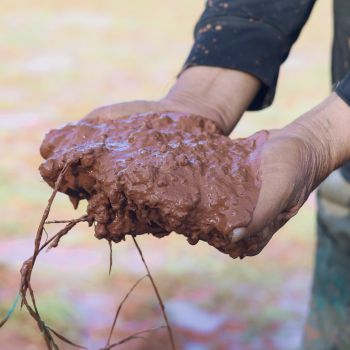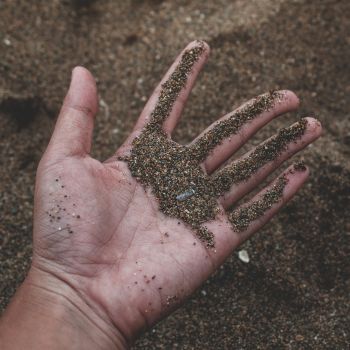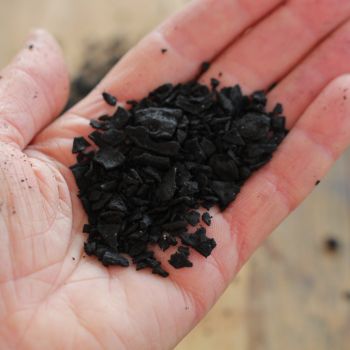The world of gardening is full of tips, tricks, and arcane wisdom that can often seem overwhelming. But no matter how complicated things sometimes appear, the basics of success will always come down to good soil.
Nutrition, drainage, and aeration are all vital factors to keep under control, but there's something more fundamental that many gardeners pay too little attention to.
The pH of a soil is a measure of its acidity or alkalinity. This may sound more like chemistry than horticulture, but it's a vital part of getting the most from your gardening, and it's not as advanced a subject as you may think.
What Do Soil pH Values Mean?
A substance's pH is measured on a scale of 0 to 14, starting from highly acidic at the bottom end, moving through chemically neutral at 7, and reaching highly alkaline at 14. Most soil lies within the range of 3 to 10, although little will grow at the extremes of that range.
Why Does pH Matter?
Plants have evolved to tolerate a certain level of pH. Most prefer slightly acidic soil, in the range of 5.5 to 7.0, but there a few intrepid outliers. For example, blueberries and rhododendrons enjoy acid conditions of 4.5 to 5.5, a level which few other species can tolerate.
And although there aren't many species which positively thrive in alkaline conditions, a slightly high pH can benefit brassicas by keeping clubroot under control.
But in general, trying to grow things outside the ideal 5.5 to 7.0 range makes gardening more difficult than it needs to be. There are several reasons for this.
1. Nutrients
When your soil is in the ideal range, the essential nutrients it contains are most easily available for your plants to absorb. As the pH moves toward the extremes, some nutrients become locked up in chemical compounds, while others become so abundant they reach toxic levels.
It's important to note that adding fertiliser to your soil won't make up for any deficiencies caused by an extreme pH. If the chemical composition of the soil prevents plants from absorbing the nutrients already present, simply adding more won't change anything.
2. Microbes
Strongly acidic or alkaline soils are hostile to the microbes which break down organic materials. This disrupts the natural nutrient cycle of growth, decomposition, and renewal.
What's more, acidic soils disrupt the nitrogen-fixing microbes which are essential for growing peas, beans, and other legumes.
3. Worms and Bugs
Lastly, the further away a soil gets from a neutral pH, the less friendly it is to earthworms, beneficial bugs, and other organisms which are vital for a healthy, living soil.
Why Does Soil pH Vary?
The most basic cause of a soil's pH is the area's underlying geology. Clay soils tend to be toward the acidic end of the scale, while limestone and chalk soils will be alkaline. However, several process can change a soil's acid level over time.
- Rainwater dissolves nutrients from the soil and washes them away. On a chemical level, this usually means it winds up slowly turning more acidic.
- As organic matter decomposes, it produces carbon dioxide. This in turn forms a weak carbonic acid, which builds up to acidify the soil.
- Most live plant matter is slightly alkaline. As plants are harvested and removed from the local eco-system, what remains slowly turns more acidic. This can be a major problem in extensive agriculture, but is less of an issue for home gardeners.
- Applying chemical fertilisers can quickly lower soil pH as their components oxidise, producing high levels of nitric acid in particular.
How Can You Measure Your Soil's pH?
If your plants aren't thriving as they should, for example showing stunted growth and yellowing leaves, it's a good idea to test your soil's pH before adding fertilisers which may only make matters worse.
The most accurate and comprehensive way of measuring is to send a soil sample to a laboratory. In return for a fee, you'll get a full analysis of your soil's composition, including it's pH level and nutrient profile.
However, this is probably overkill for the typical home gardener. Instead, a less accurate but much more straightforward test can be done with an inexpensive pH test kit, easily available at most nurseries and hardware stores.
These home testing kits consist of a dye that's sensitive to pH, along with a colour chart. The kits will provide precise instructions for use, but the basic idea is to dissolve your soil sample in pure water, add the dye, and then compare the resulting colour to the chart to get a close estimate of pH.
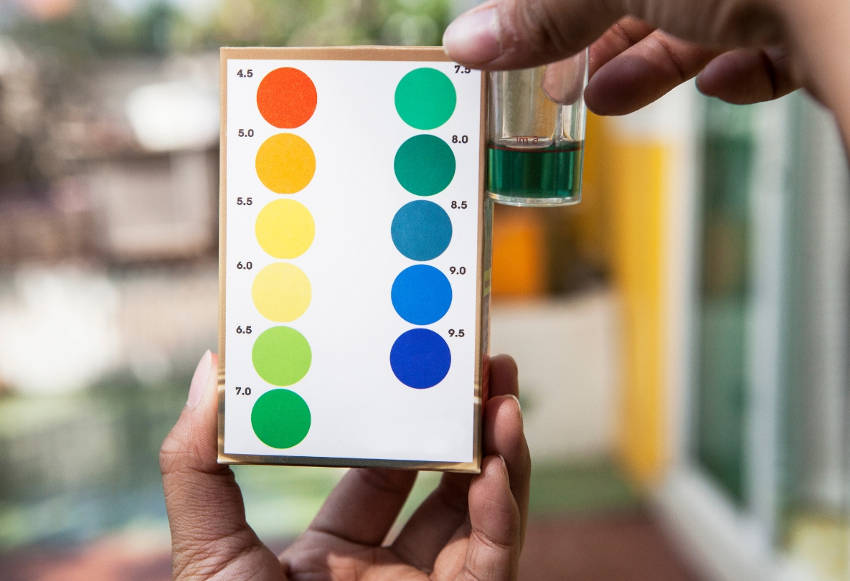
Which Soil to Test, and When
Whether you test with a kit or through a lab, it's important to collect the right soil samples. Soil can vary in acidity even over small areas, so take samples from different parts of a bed, and from different depths, then combine them before testing to give an average figure.
If you want to test a large area, take samples from each part you want to grow in, and test them separately. This helps you build a picture of how pH varies across your entire garden.
Importantly, avoid testing soil that has had fertiliser, rich organic material, or any other additives applied within the last three months. You should only test stable, relatively unadulterated soil, or you'll get misleading results.
Fixing Soil pH Problems
Luckily, a wayward pH is fairly straightforward to change. Basically, if your soil is too acidic, you should add an alkaline substance to balance it out. Less commonly, you can correct an overly alkaline soil by adding acidic materials.
Whichever kind of correction you need, try and do it as the last task of the growing season, so that additives have time to mix into the soil before planting begins again in spring.
Also, use a light touch on your first attempt at pH alteration. It's easy to overshoot that vital 5.5 to 7.0 range, leaving yourself with the opposite problem you started with.
Correcting Acid Soils
Lime is the traditional answer to an acidic soil. Available in a range of commercial powders, it works in two ways. Firstly, as an alkaline substance, it works directly to neutralise the acids in the soil. Secondly, it speeds up organic decomposition in the soil to achieve a more natural balance over time.
It's easy to overdo lime application, so if your soil is only slightly too acidic, a slower-acting solution may be safer. Wood ash is mildly alkaline, and will gently restore pH balance while also feeding the soil with potassium and other essential minerals.
Correcting Alkaline Soils
Regular mulching with organic materials will naturally acidify a soil, so if your alkaline problem is only minor, maintaining a healthy compost heap may be all you need to do over the long term.
But for quicker or more drastic correction, sulphur is the most common substance to use. Available in a variety of forms, such as aluminium sulphate or iron sulphate, sulphur reacts with rainwater to produce a mild sulphuric acid, reducing soil alkalinity in the process.
However, it's worth remembering that most fertilisers will acidify soil as a side effect, particularly those rich in ammonia. You may prefer to opt for an organic fertiliser as a first step before dabbling with chemical solutions.
The Need to Retest
Once you've added your lime, sulphur, or other pH modifier, wait at least three months for your soil to stabilise before testing again. Repeat the treatment if necessary, then wait another three months before testing once more.
If the soil has reached your desired pH, test it again after a year to see how quickly it starts to revert to its original state. With most soils, you'll need to adjust the pH every three to five years, but this can vary widely depending on natural conditions and your use of fertilisers.
But once your soil's pH has reached a stable point that suits your planting, you'll find your plants thrive more easily, are more resistant to diseases, and will give greater yields and displays.
